In this post, I want to update those of you who haven’t flown post-COVID on what has changed and what hasn’t. I also want to let those of you who might be concerned about wearing a mask for extended periods of time know what it was like from my perspective and tips I found helpful.
Please keep in mind this was my first flight in 2020, and my experience is with flying Hawaiian Airlines from Seattle to Maui. Not every airport is the same, and each airline might have slightly different procedures.
If you’re interested in planning your own trip to Hawaii, you can read about my experience on how I skipped the 14-day quarantine in Hawaii.
What is Mask Anxiety
Mask anxiety is a general term someone gave to the anxiety many people feel when wearing a face mask. There are different levels of anxiety and discomfort mask-wearing produces. They cause some people to feel trapped, dizzy, disoriented, and can even produce full-on panic attacks for others. People that have claustrophobia, asthma, ADHD, and anxiety disorders often struggle with mask anxiety.
I have minor claustrophobia, which, as it turns out, caused me anxiety when wearing a mask. I didn’t really realize what was going on until recently when I came across the term “mask anxiety” in an online article. That’s when a light bulb went off, and I realized, oh, so that’s what it is.
My face would sweat, and I struggled to concentrate; I felt like I couldn’t get enough air. It was very uncomfortable when I first went grocery shopping while wearing a face mask. Thankfully, over time, I found masks that work better for me, and I’ve now become somewhat used to wearing one when shopping.
However, I knew it would be much longer than just 1-2 hours for my flight to Maui. This caused me some anxiety, and I began to think about canceling my trip. That right, there should tell you something because I LOVE Hawaii! Instead of giving in to my fears, I decided to do some research to find ways to make wearing a mask easier.
3 Tips to Reduce Mask Anxiety
#1 Find a face mask that is comfortable to wear and easy to breathe in.
Don’t wear a mask that is too tight as this can not only make it hard to breathe, but I read that it can also pull on your ears and jaw and potentially cause TMJ problems that will lead to headaches.
I tried neck gators, cotton masks, thick masks with inserts, and disposable masks. I found that most were too thick and difficult for me to breathe in. Through a process of elimination (I wore each at home first), I chose a disposable mask for my flight. I also brought extras to keep in the rental car, condo, day bags, etc.
#2 Build up to wearing a face mask all day. Start in 30-minute increments at home.
#3 Add a calming scent to the inside of your mask.
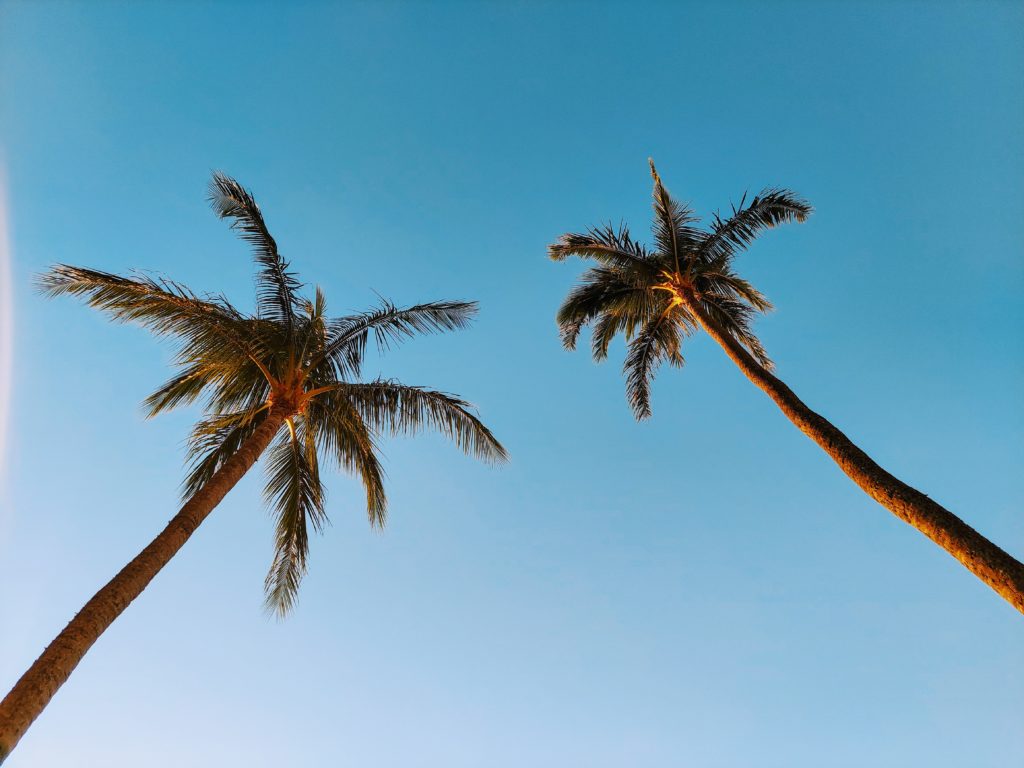
The Day of Our Post-COVID Flight
8:00 a.m. Masks On
We got a ride with Uber to the airport at 8:00 a.m. Our mask-wearing starts now, as you must wear a mask when taking an Uber or other rideshare service.
Security Screening at the Airport:
The post-COVID airport experience at Seatac International Airport was pretty much the same as every other flight we’ve taken there. The main difference was that everyone wore masks. Security lines were the same, slightly longer perhaps as they make them zigzag more to improve social-distancing. This time we didn’t take out any electronics, which was new for me, as typically, I have to remove my laptop and camera before going through security. We placed all our bags and shoes, etc., in bins and then walked through the screening checkpoint.
Eating at the Airport:
In case you’re wondering, yes, you can still eat when waiting for your plane. You remove your mask while you eat/drink and then replace it again. It is the same procedure we follow here in Washington state when eating in a restaurant. Quite a few people were eating at their seats while waiting for their plane to depart.
One thing that was different was how many of the businesses in the airport have closed. Due to the limited amount of travel, they haven’t had enough business to stay open. You may want to pack extra snacks in case you arrive at an airport and nothing is open. This is one aspect of traveling post-COVID that we experienced both at the airport and in the towns. Expect that you’ll have limited dining options.
Our Flight with Hawaiian Airlines
Boarding the plane also felt pretty much the same, except that they scan your forehead temperature at the gate. Other than that, I felt it was pretty typical of every other boarding experience I’ve had.
Another thing that is different is the meal and snack service. This was done at the very beginning of all of our flights, and there were no other meals or snack services provided for the duration of the flight. They passed out the meal within the first hour of the flight. That means for the rest of the flight, nothing else is provided. On our flight to Hawaii, they did pass through the cabin late into the flight carrying some water bottles for those that needed them. However, on our flight to Seattle, they did not do this.
Everyone who eats or drinks removes their masks while they are “actively” eating or drinking. They announce this over the intercom, “please keep your mask on when you are not actively eating or drinking.”
Mask is briefly removed around 10:30 a.m.
I removed my mask while I ate my meal and then put it back on when I finished. I sat next to a young man who chose not to eat. He kept his mask on for the entire flight. That is one thing to note. You will most likely be seated next to strangers. To me, this didn’t matter since everyone is already on an enclosed plane together, and the air is filtered. However, if that concerns you, be aware that airlines are now booking every seat and no longer trying to space people out as they once were.
Arriving at the Airport in Hawaii
Our forehead temperature is once again scanned upon arrival at the airport in Hawaii. Temperature checks seem to be a regular part of post-COVID travel. We had a connecting flight in Oahu, and our temperature was scanned both there and in Maui. We proceed through a COVID-19 testing checkpoint where we show our I.D. and negative COVID-19 test results as well as the QR code issued by Hawaii’s Safe Travels site. You can read more about our post-COVID travel experience to Hawaii in this post.
8:00 p.m. Mask is Finally Removed
Due to our connecting flight in Oahu, our travel time to Maui was much longer than normal. I was apprehensive about this initially, as I didn’t know if I could handle 10+ hours wearing a mask. After getting our rental car and finally removing our masks, we had worn them continuously for almost 12 hours, with only small breaks for eating.
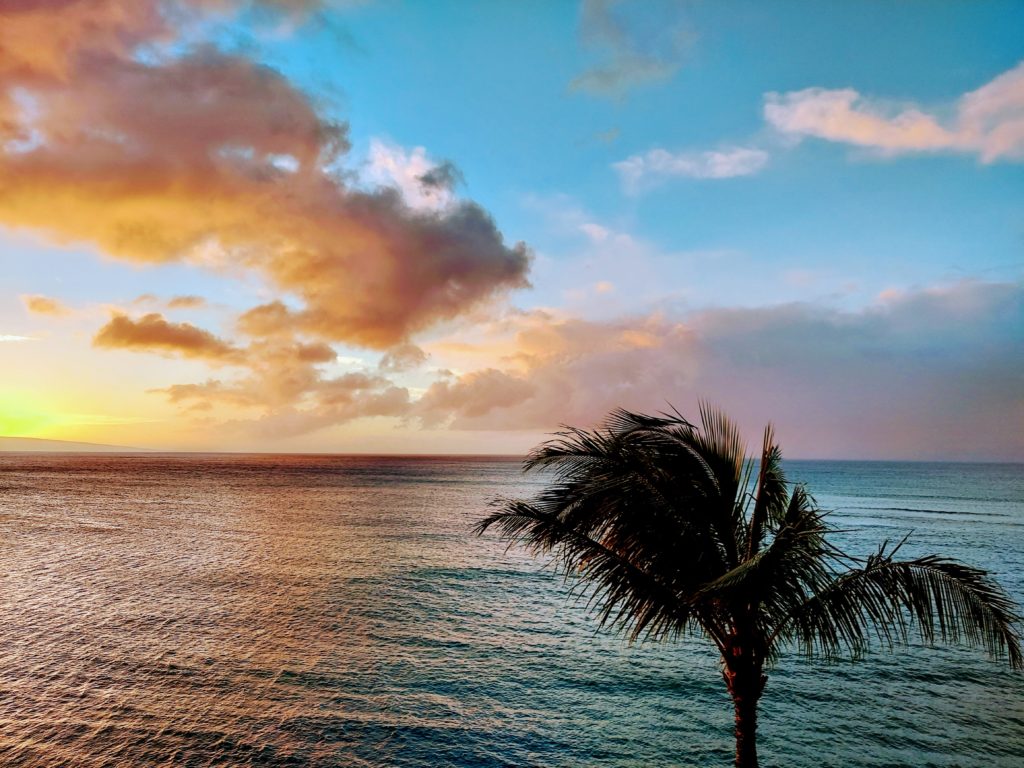
How I felt after wearing a mask for 12 hours.
I did okay during the flight to Oahu, however by the time we boarded our flight for Maui, I had a headache. I think this is a fairly common side effect of long-term continuous mask use. My hubby also complained of a headache. I did my best to take deep breaths once my mask was off, and by the time we arrived at our condo an hour later, my headache was gone.
I am glad I faced my fear and anxiety over wearing a mask for a long day of travel. We had a wonderful trip to Maui, and I would regret not having gone. I am also sort of glad that we had a connecting flight as it showed me that I could, in fact, wear a mask for 12 hours if I really had to. It also gives me more appreciation for those that work in jobs that require them to wear a mask all day long. You make it look easy!
Final Thoughts About Flying Post-COVID
If you are concerned about being in enclosed spaces with other people, seriously consider whether you are ready to fly. I personally take all the precautions I normally would before a flight. This includes packing hand sanitizer (which they also handed out on the plane), taking Airborne or Emergen-C before my flight and after my flight. I’ve been flying for years now, and I’ve always understood that flying and traveling put me at risk to catch airborne viruses. So I do my best to mitigate the risks while still enjoying my love of travel.
Not everyone is ready to do that, and I respect that decision. That is why I want to let people know how my experience was so you can decide for yourself whether you are ready to fly or not.
If you have any other questions about my flight or travel experience post-COVID that I didn’t cover here, please let me know.
Safe Travels!
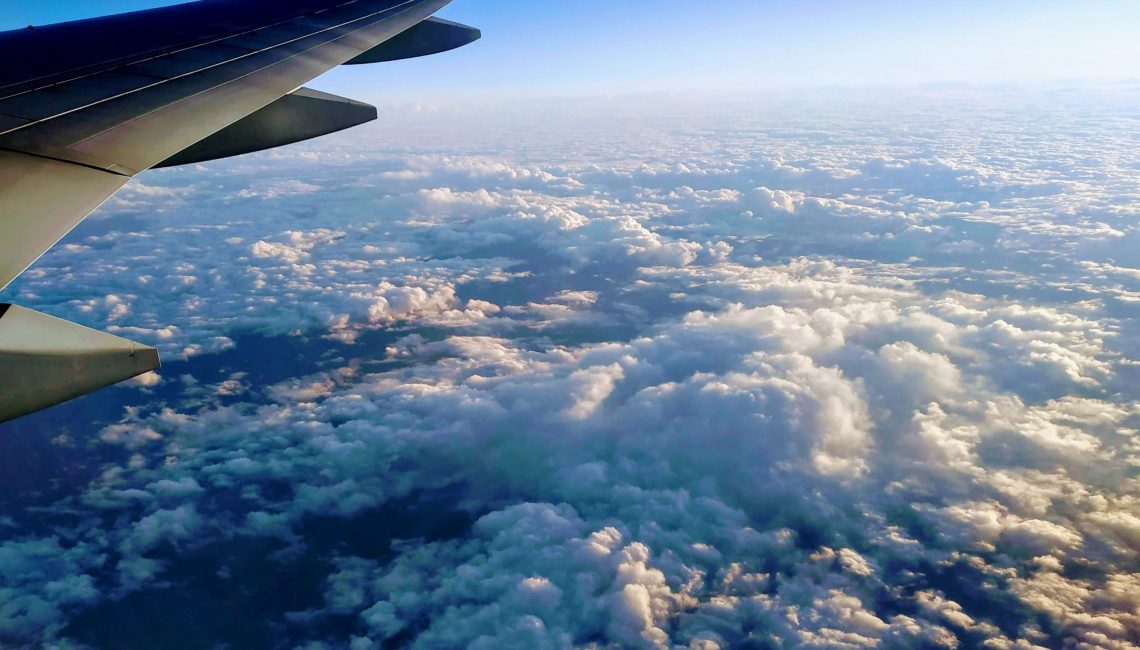
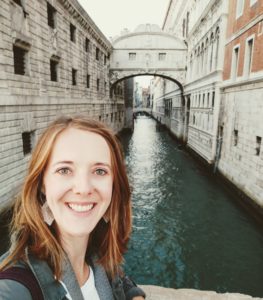
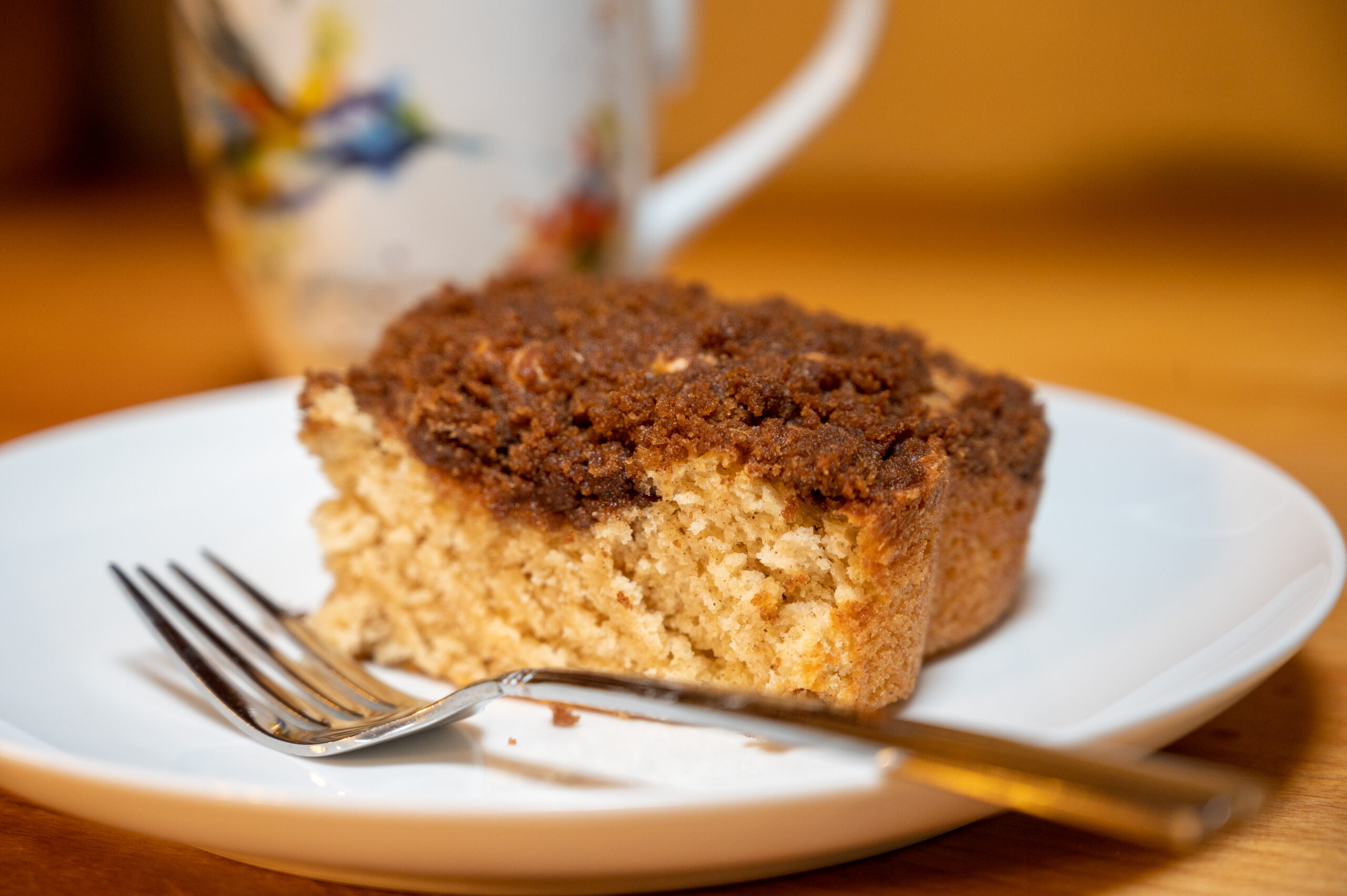
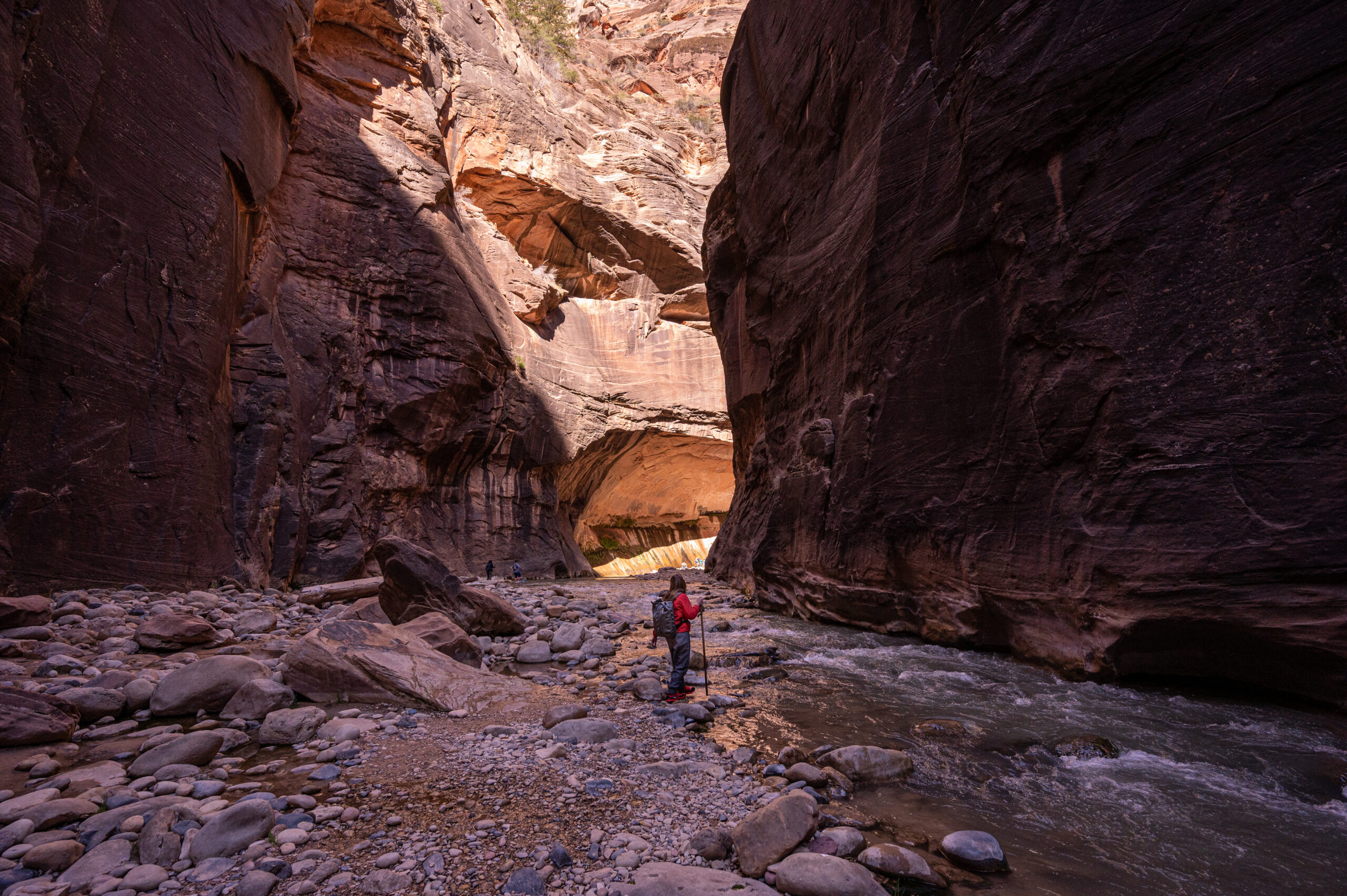
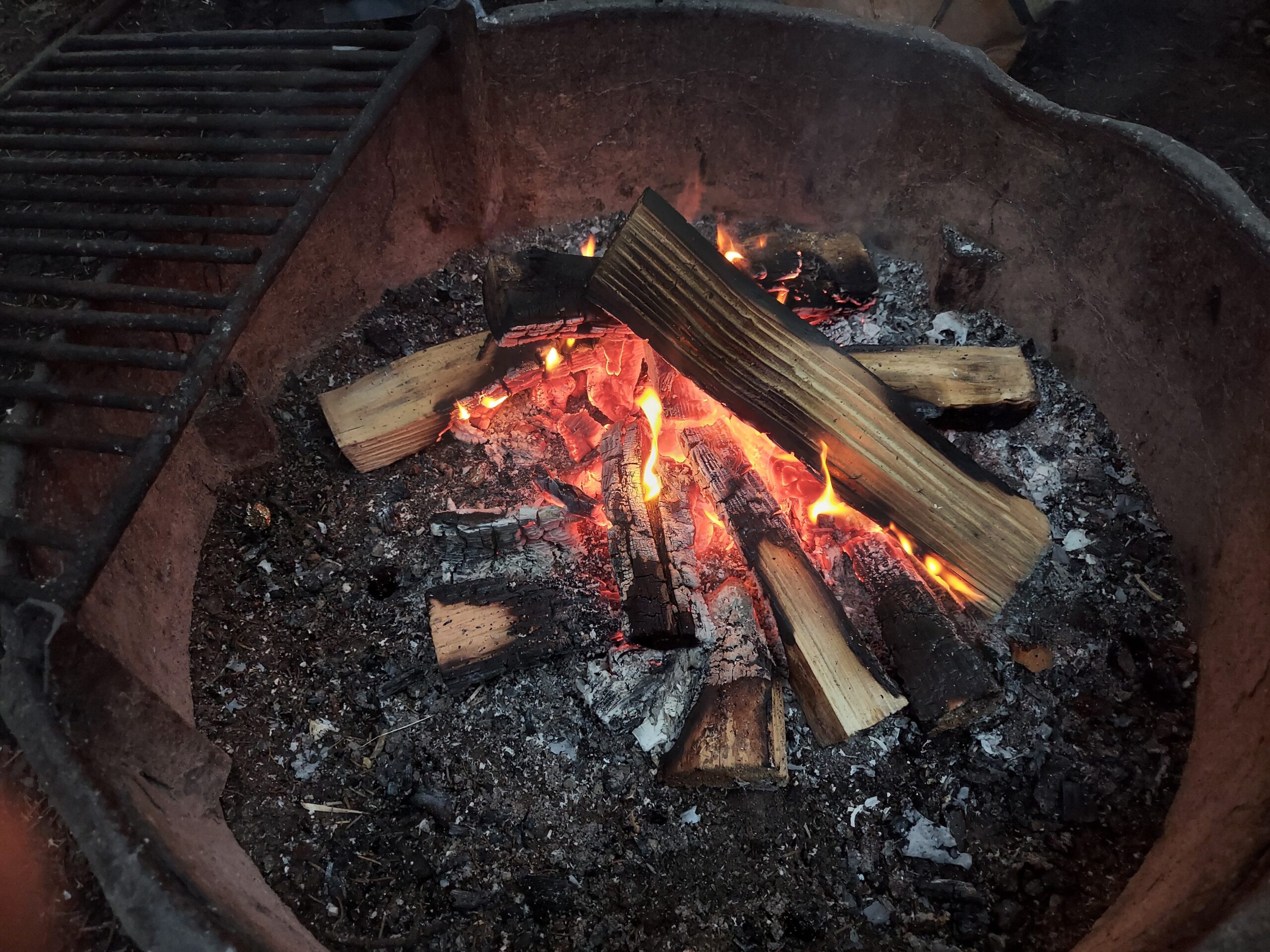
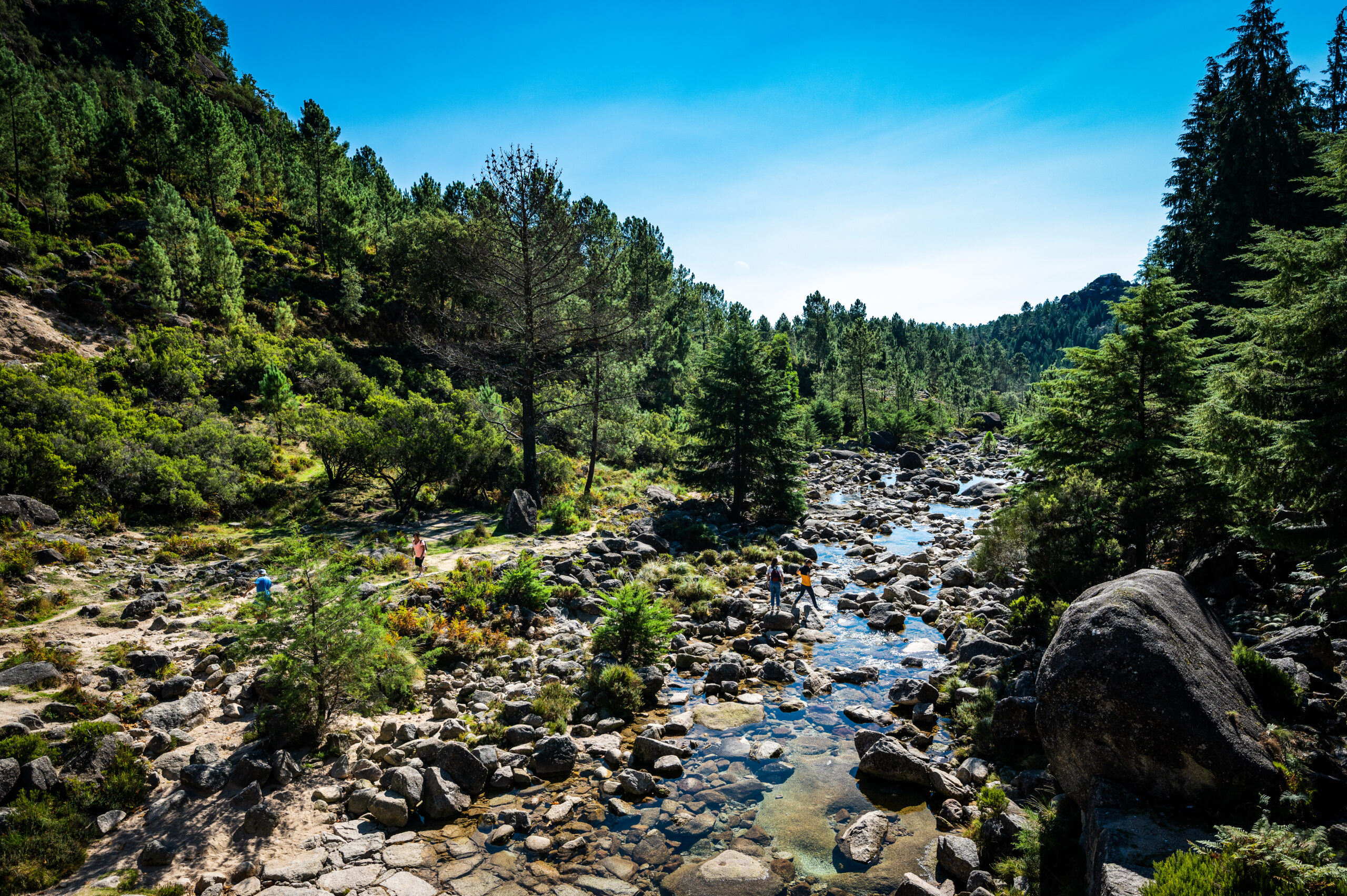
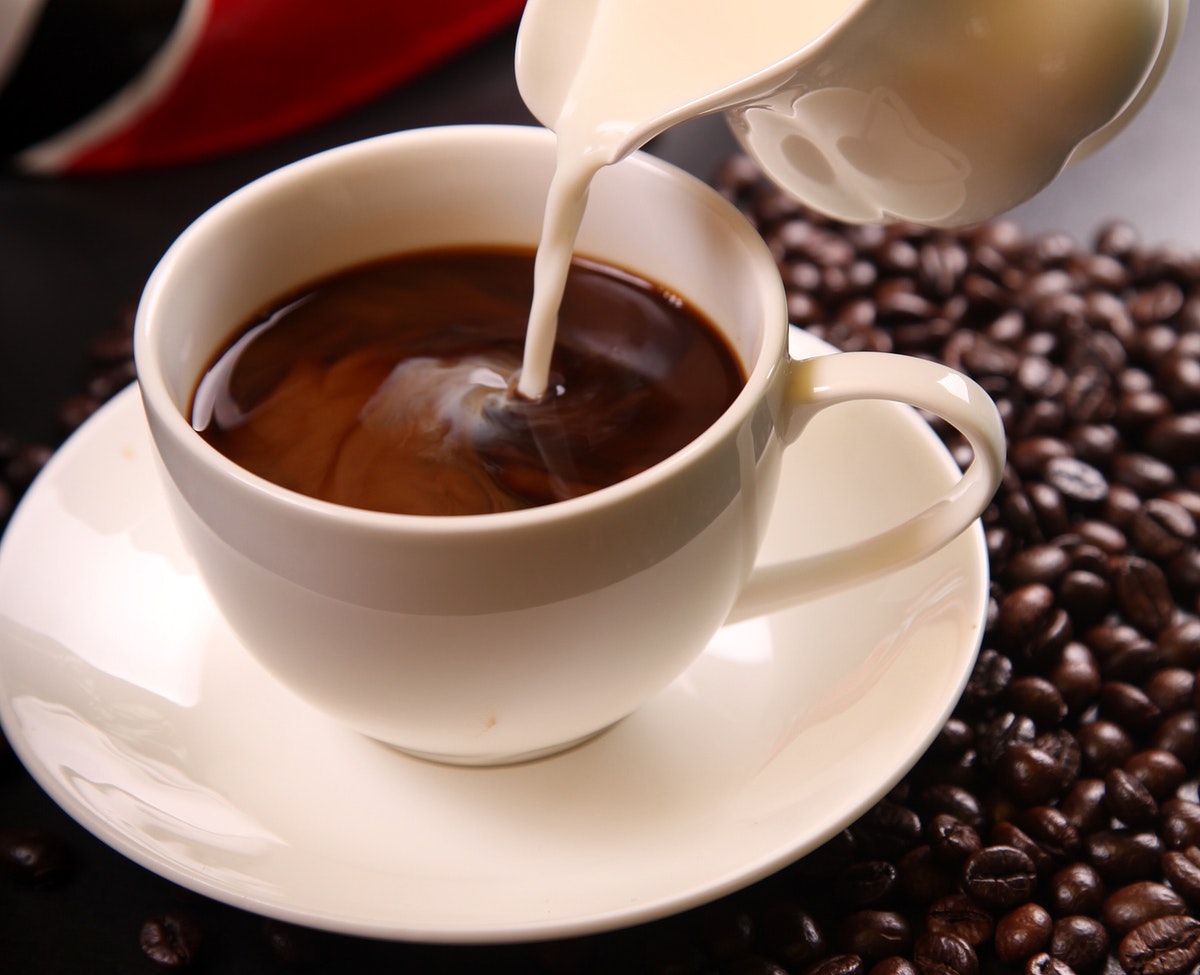
No Comments